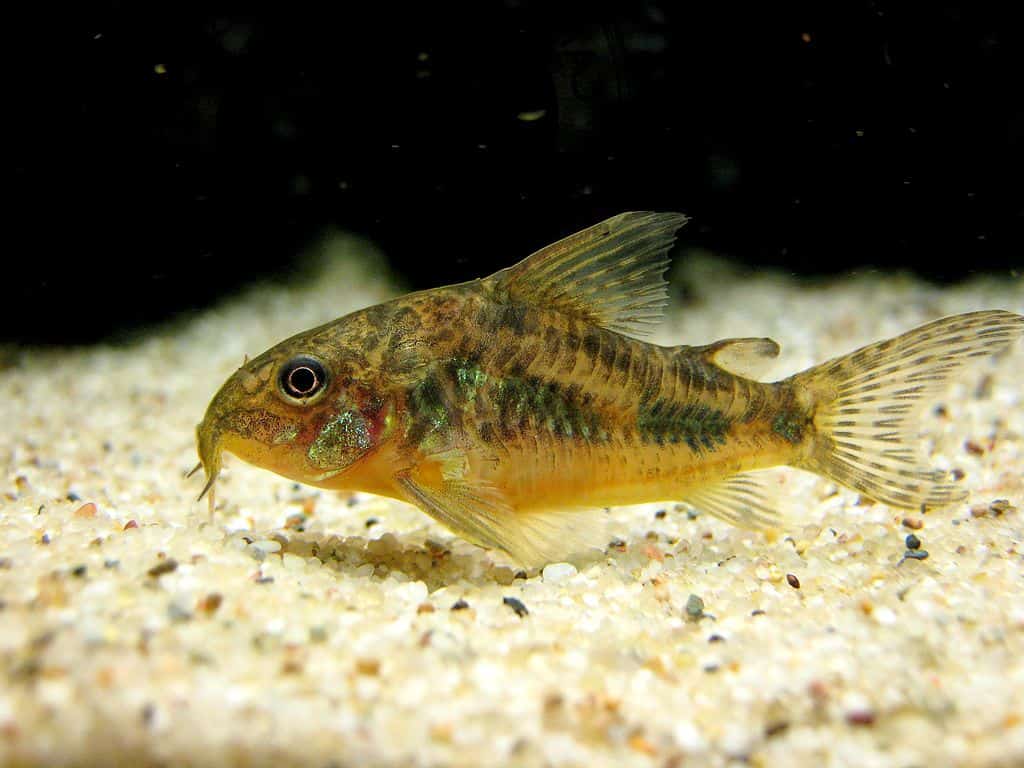
Maingano: These have bold horizontal stripes in a variety of blues. We highly recommend taking some time to learn about each variation. It doesn’t matter if you’re someone who is planning on getting their very first aquarium, or a seasoned pro. Although these fish are aggressive in general, there can be some slight behavioral differences between them. Understanding a bit about the types of African cichlids you can choose from is very important (past just a simple color preference). It’s Time To Decide If They’re Right For You.A handful of others come from Lake Tanganyika and Lake Victoria. Almost all of the species that you’ll find in personal aquariums originate from Lake Malawi in East Africa. Though there a ton of different African cichlid species confirmed in the wild, but far fewer are available as pets. They are more aggressive in general than other common tropical fish. Coloring can be impacted by the quality of care they receive (we’ll cover that more a bit further down).Įach type of African cichlid’s aggression level should be minded when placing together in an aquarium.
#Bottom feeder fish tank full
There are plenty of colors and patterns of this species for you to choose from, though it can take up to a year for them to develop full color. Though they require special care, many different types can be good for beginning aquarium owners because of their toughness. These fish tend to be a popular pet among aquarists, due to the large range of colors that you can keep, even if you don’t have a saltwater tank.Įach different kind has slightly varying temperaments as well, and are resilient in captivity.Īfrican cichlids are an extremely active group of fish, making them an aquarium favorite for viewing. Not much point in overstocking a tank.African cichlids are a larger species of freshwater fish that originate in Africa, Asia, and South America. I'd check out the stocking proposal with, see if it'll work for you. If your tank has the room for them, a small school of Pygmy Cory cats, or Panda Cories maybe, might work. I would not keep bottom-dwelling fish with barbels on that particular substrate, but ordinary aquarium gravel is usually rounded and coated in acrylic, and should not pose a problem. There are some gravels do have rather sharp edges, I have one tank with gravel like that pieces of chips, stone and clay flakes, all edges, not rounded. Keep the bottom well vacuumed and it should be ok. I have kept the aforementioned cory cats and some loaches on gravel and none had barbel issues. Which isn't to say a very coarse substrate would be good for them, but lots of them live good lives on gravel, not sand. It's related to how clean the bottom is, not the substrate type. Never kept Chinese Algae eaters, so I can't say what they'd be like, but they get too big for this tank anyway.Ĭommon Plecos, especially large ones, can mess up plantings, just by moving, but you haven't the room for one of those, or a burrowing eel species either.īarbel erosion in fish that have them, like the catfish and loaches, are now thought to be caused by a bacterial infection, something like fin rot.

They've not once dug them up, so that's no worry.


I've kept various Cory cats, Kuhli loaches, and Dwarf Chain loaches, all in planted tanks with lots of low growing stuff. There aren't too many bottom feeders that would dig up plants.


 0 kommentar(er)
0 kommentar(er)
